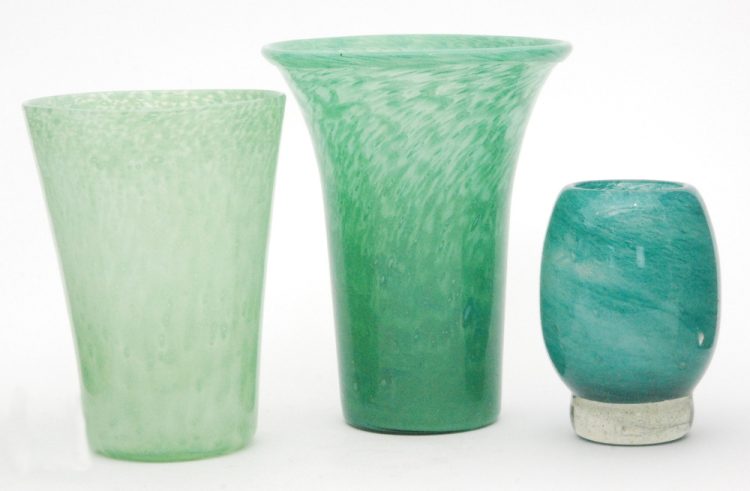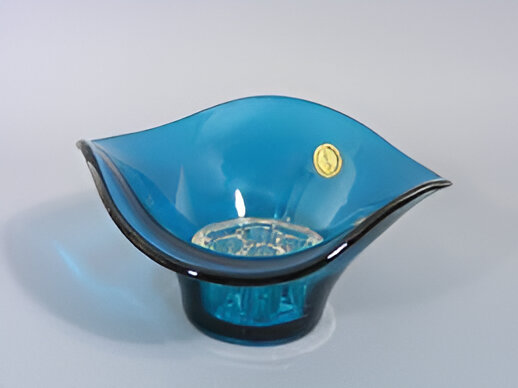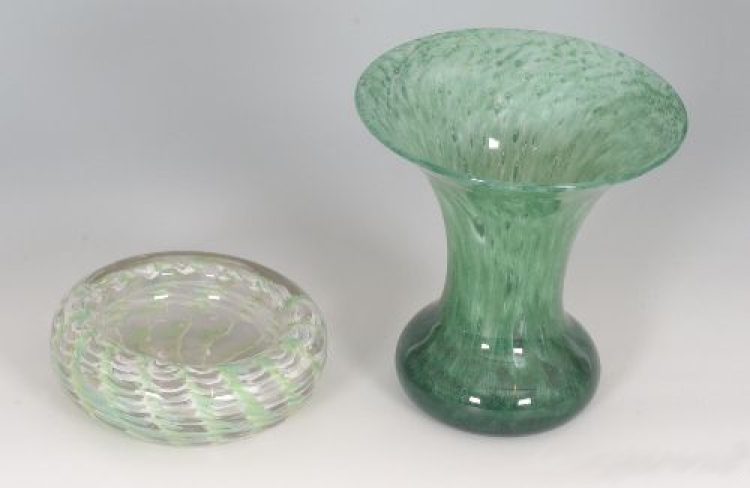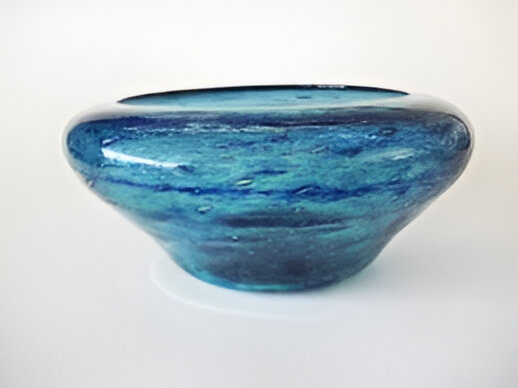
After more than three centuries, Nazeing Glass closed its doors for the final time in 2023.
One of the oldest glass manufacturers in England, Nazeing Glass has a fascinating and lengthy history. Its journey reflects how the glassmaking industry has changed both within and outside of the UK.
Established in 1612, Nazeing Glass began life in the Essex village of Nazeing. Immigrants from Lorraine, France founded it, bringing with them sophisticated glassmaking processes. The rise of the middle class and the pre-existing gentry created a market for upscale things like elegant drinking glasses and ornamental objects for their residences.
When Nazeing Glass was first founded, it was a small-scale business that used wood-fired furnaces. At the time, coal was not yet commonly used in glass manufacturing, so wood was the main fuel source for glassmaking in England. The availability of wood from the neighbouring Epping Forest as fuel for the furnaces facilitated the expansion of glassworks in the region.

Nazeing soon established itself as a bastion of glassmaking quality, advancing the sector while upholding age-old European glassmaking methods.
The glassworks produced a variety of goods, ranging from basic household ware to more specialised and decorative products. The sand used to make glass in the early days had impurities, which caused the glass to frequently be green or brown. But as methods advanced, glass became clearer, enabling a broader range of products.
Glassmakers like Nazeing Glass started switching from wood-fired to coal-fired furnaces as England’s industrial revolution gathered steam in the 18th century. More consistent quality and larger-scale production were made possible by this change. By the early 1800s, Nazeing Glass was a major force in the UK glass market, well-known for its fine household glassware, drinkware, jars, and bottles.
Additionally, Nazeing Glass adjusted to the shifting needs of the Victorian era. The company responded to this period of time when glass became associated with wealth and prestige by producing increasingly elaborate and ornamental pieces. Nazeing was inspired by the Victorians’ penchant for extravagance and complex patterns to create elaborate glassware, which included pieces for the ever-expanding middle-class market.

Nazeing Glass kept innovating and adjusting to contemporary trends throughout the 20th century. The company added more industrial glass goods to its repertoire in the early years of the century, including lightbulbs, lab apparatus, and glass for architectural applications. These developments were a reaction to the growing need for industrial glass in the rapidly developing sectors of science and technology.
The glass industry faced numerous difficulties during World Wars I and II, one of which was Nazeing Glass. Due to resource scarcity and the necessity for wartime supplies, glass production was frequently interrupted. Nevertheless, Nazeing Glass persisted, supplying vital ingredients and glass for optical tools to aid in the war effort.
The business reappeared after the wars with a renewed emphasis on ornamental and household glass. Nazeing Glass rose to fame in the middle of the 20th century for its assortment of colourful glass products, which were very well-liked in Britain following the war. These included vases, bowls, and other decorative pieces in brilliant colours such as blue, green, and amber. The business was able to expand its market reach and enhance production through the adoption of innovative methods such as glass moulds and mechanical processes.
The glass industry faced issues in the late 20th century due to shifting consumer demands and greater competition from overseas producers. During this time, many conventional glassworks in the UK closed, but Nazeing Glass was able to endure by concentrating on its main advantages, which include superior craftsmanship, distinctive patterns, and a dedication to tradition.

Nazeing Glass moved to Broxbourne, Hertfordshire, in 1928. The business had managed to hold onto its status as one of the few surviving glassmakers in the UK in spite of the difficulties. It continued to manufacture a broad variety of goods, ranging from speciality items for industrial use to glassware produced to order for people and businesses. The company made industrial and commercial glassware for the UK, as well as exporting to customers in Europe, Scandinavia, Asia and Australia.
The legacy of British glassmaking was also preserved in part by Nazeing Glass. At its location in Broxbourne, the firm ran a modest museum that highlights both the advancement of glassmaking methods and its lengthy history. The museum features a variety of artefacts from the company’s collection, including rare and vintage items that showcase Nazeing Glass’s centuries-old artistry and craftsmanship.
Nazeing Glass was a representation of the long-standing British glassmaking heritage. While many traditional glassworks have slipped into oblivion, Nazeing Glass continued to thrive by keeping faithful to its heritage while embracing current advances. The company has secured its place in the annals of the British glass industry via its dedication to quality, workmanship, and heritage.

Sadly, our glass heritage continues to be thrown under a bus due to the lack of investment in British arts and crafts.
As our legacy grows across the planet, our assets in the UK continue to dwindle, with more and more companies closing their doors. Even the National Glass Centre is set to close in 2026 meaning that a generation of new talent will never have the chance to study at Sunderland University.
It seems as if the British glass industry will soon be a story of shattered dreams, shuttered doors, and a collection of second-hand stories from bygone eras.
Like Dr Beeching’s backward-thinking axe of the railway system, which left us decades behind our European counterparts, it looks as if our industrial heritage will be consigned to the history books too.
